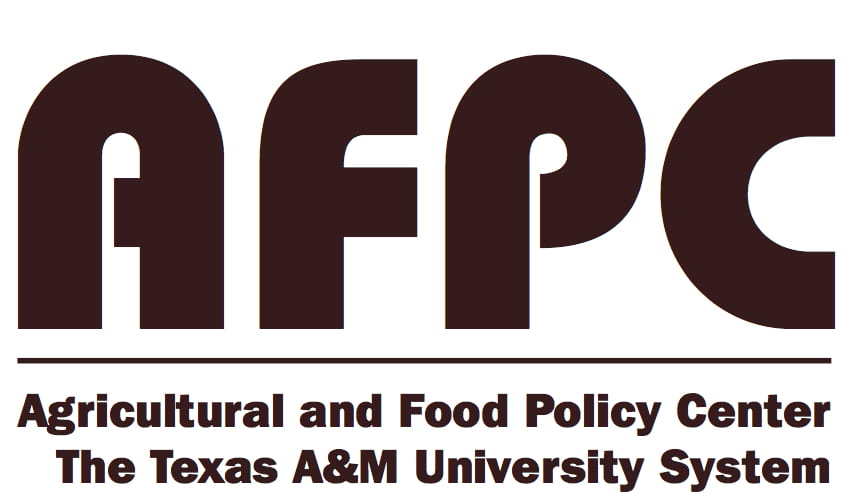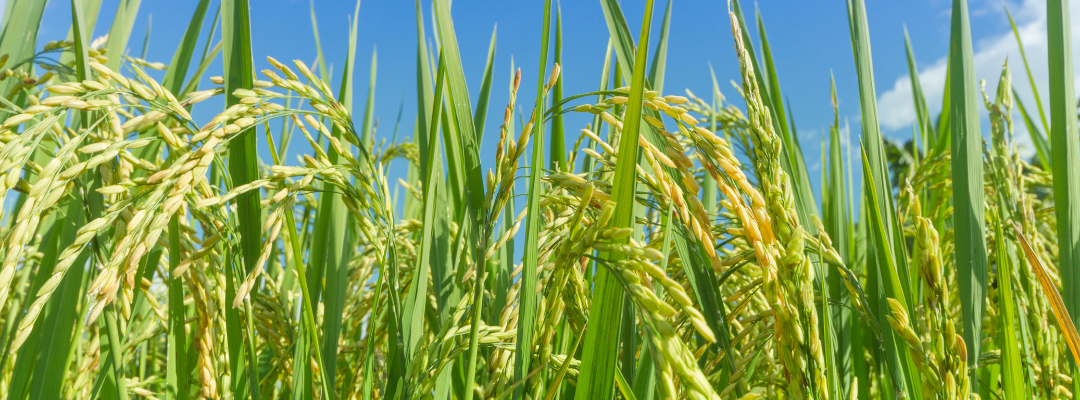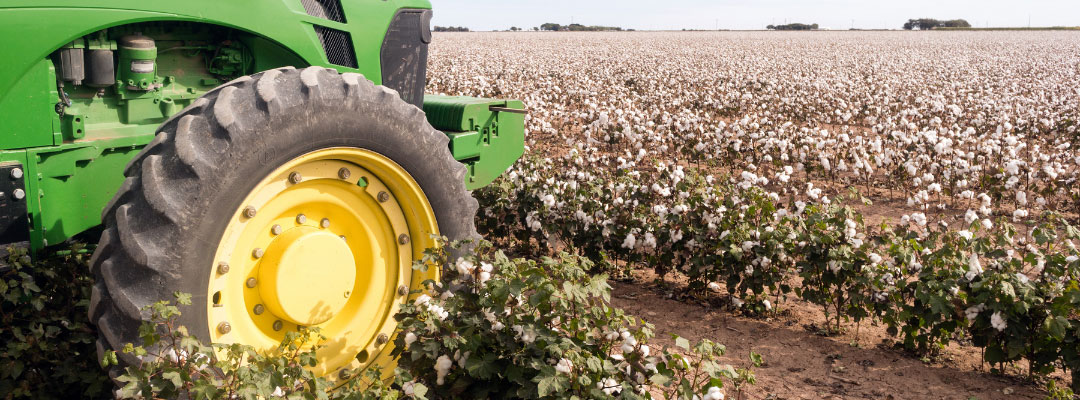A recent article in Southern Ag Today highlighted that increasing marketing year average prices over the past few years likely will lead to increasing “Effective Reference Prices” for many crops. The article further noted that if those increased Effective Reference Prices were realized, “then the cost of increasing reference prices for all commodities should be significantly lower when cost estimates are developed during farm bill discussions.”
The analysis in the earlier article was based on the Congressional Budget Office’s (CBO) May 2022 baseline projections.[1] The biggest question at this point: where are commodity prices headed in the next CBO baseline? To help answer this question, we look to the U.S. Department of Agriculture’s (USDA) most recent long-term outlook released on November 7, 2022.[2]
As noted in Table 1, commodity prices in USDA’s latest long-term price outlook have increased significantly relative to CBO’s May 2022 projections. Significant increases in the near term will bolster Effective Reference Prices, and generally speaking, those increases persist throughout the entire baseline period. For example, USDA is projecting corn prices to average $4.30/bu in 2032, a $0.50/bu increase over CBO’s $3.80/bu estimate for 2032 in May 2022. Figure 1 explores the same data as percentage increases. For example, the marketing year average prices for corn, cotton, and wheat are all expected to be at least 10 percent higher in 2032 than projected by CBO in May 2022.
Bottom line: the upcoming baseline projections will likely reinforce the point made in the earlier Southern Ag Today article, with higher prices continuing to reduce the cost estimates for raising reference prices in the next farm bill.
Table 1. Dollar Change in Marketing Year Average Price Projections, USDA November 2022 versus CBO May 2022.
| Units | 2023 | 2024 | 2025 | 2026 | 2027 | 2028 | 2029 | 2030 | 2031 | 2032 | |
| Corn | $/bu | 1.25 | 0.80 | 0.55 | 0.45 | 0.45 | 0.35 | 0.30 | 0.35 | 0.40 | 0.50 |
| Cotton | $/lb | 0.06 | 0.05 | 0.04 | 0.05 | 0.06 | 0.07 | 0.09 | 0.10 | 0.12 | 0.11 |
| Soybeans | $/bu | 2.50 | 1.20 | 0.75 | 0.45 | 0.25 | 0.30 | 0.30 | 0.30 | 0.30 | 0.30 |
| Wheat | $/bu | 1.65 | 1.60 | 0.75 | 0.45 | 0.50 | 0.50 | 0.50 | 0.55 | 0.55 | 0.60 |
Figure 1. Percent Change in Marketing Year Average Price Projections, USDA November 2022 versus CBO May 2022.

[1] https://www.cbo.gov/data/baseline-projections-selected-programs
[2] https://www.usda.gov/oce/commodity-markets/baseline

Author: Bart Fischer
Research Assistant Professor
Co-Director Agricultural & Food Policy Center at Texas A&M University
Bart.Fischer@ag.tamu.edu
Fischer, Bart. “Where are Commodity Prices Headed in the next CBO Baseline?” Southern Ag Today 2(52.4). December 22, 2022. Permalink










